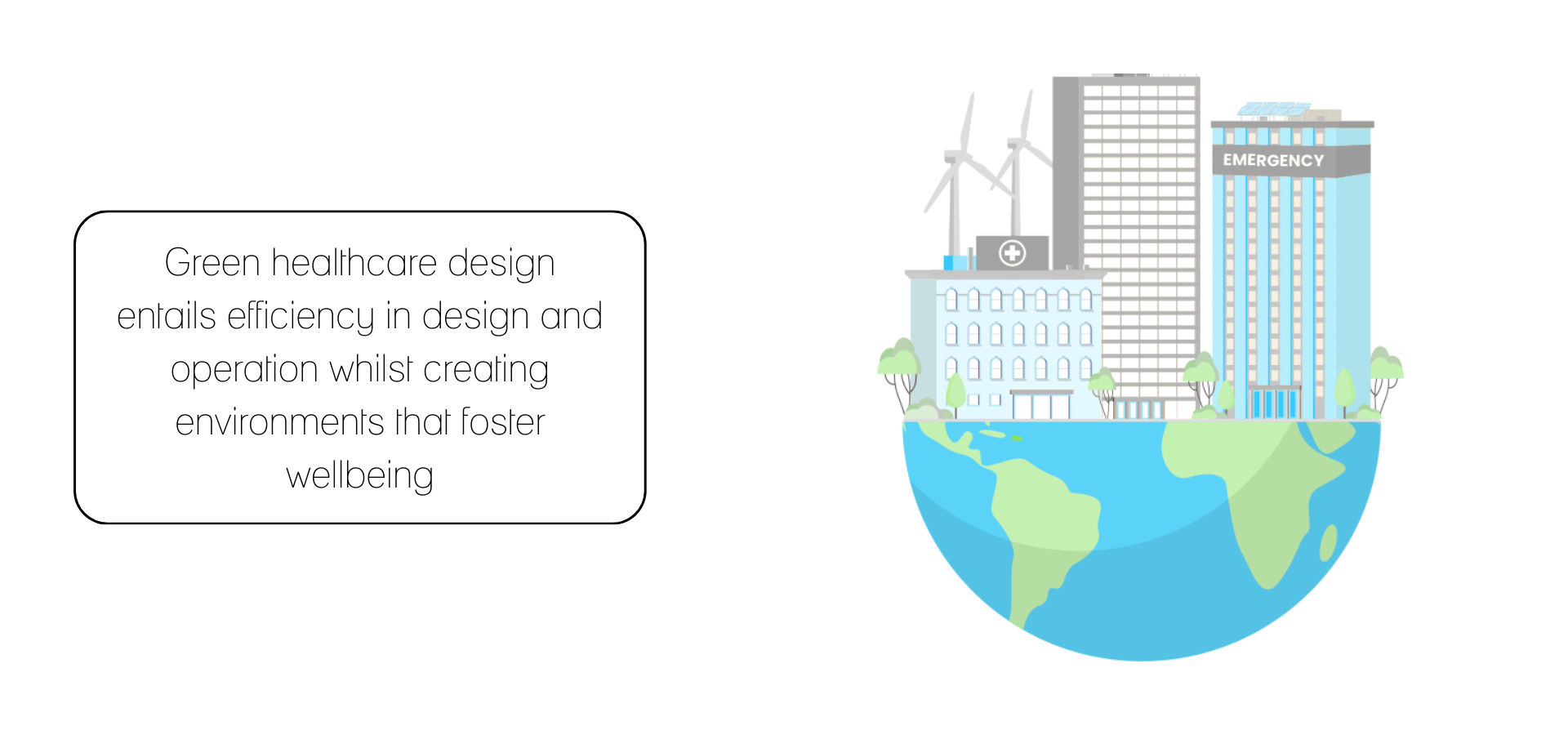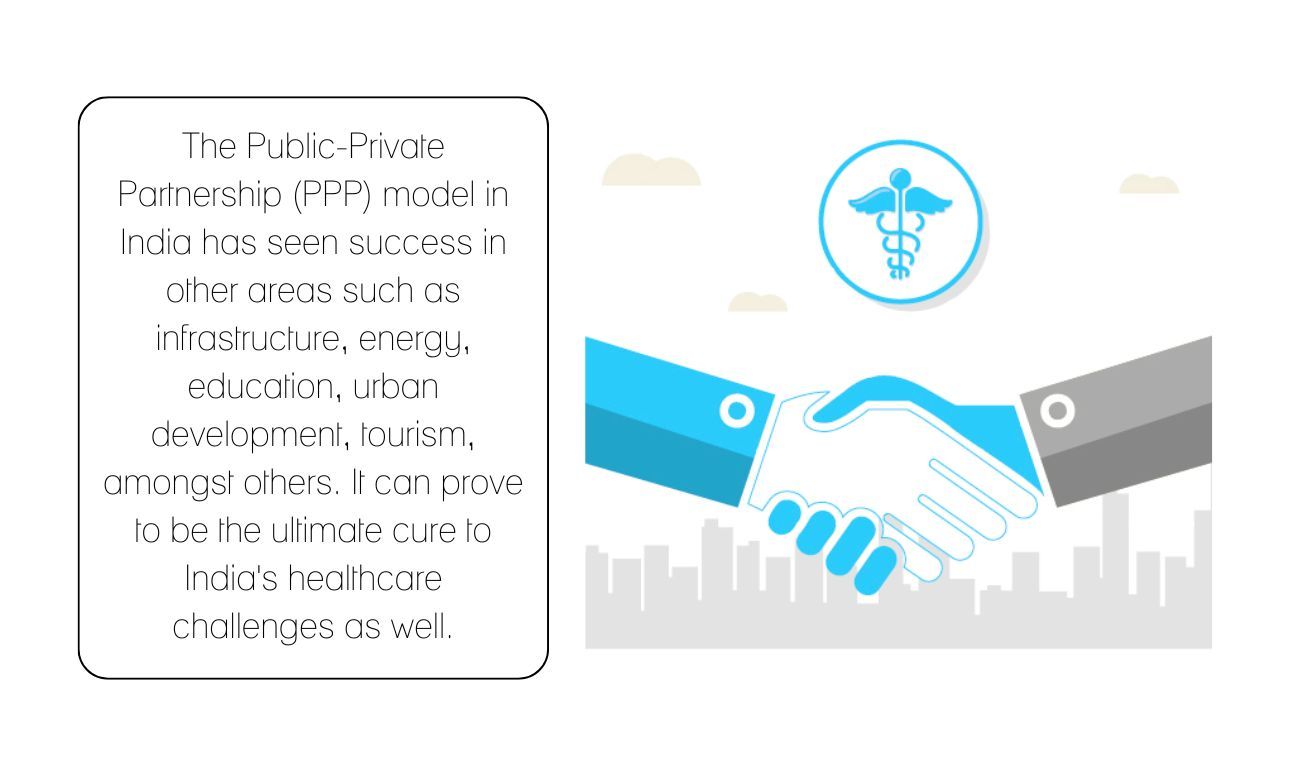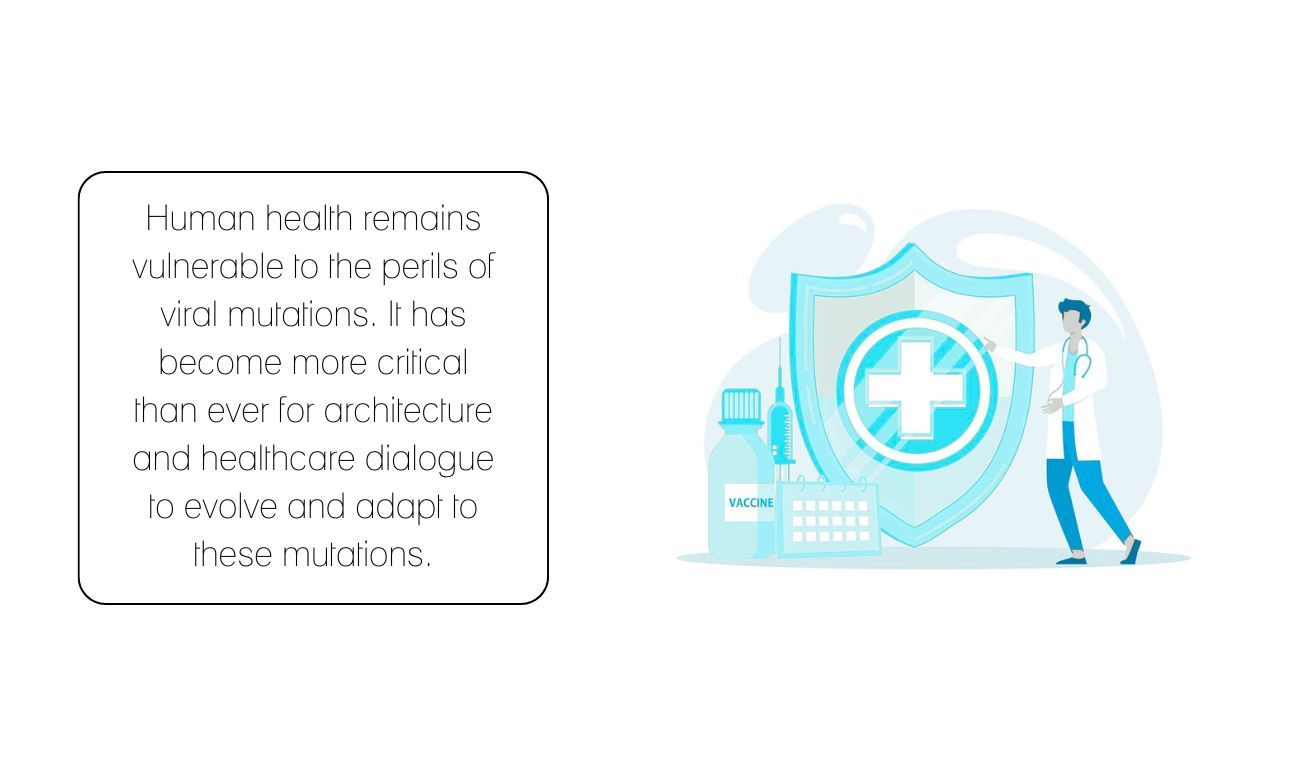

18-01-2023
Designing hospitals that are better for people and our planet Ravideep Singh

Modern-day public buildings require an uninterrupted energy supply coupled with immense amounts of natural resources such as water. Hospital buildings specifically require a large amount of such supplies, owing to the constant habitation. However, with the rise of general awareness about environmental sustainability, the need to efficiently use energy and other resources has also grown. Healthcare design is following suit to erect green building healthcare infrastructure that is environment-friendly and helps curb infections through various design strategies. So, what goes into making healthcare infrastructure green?
Sustainability and Indian Healthcare Infrastructure
Typically, hospitals in India have been designed and built to focus only on functionality, ignoring other aspects that affect the buildings in the long term. However, the past decade has witnessed a sea change in the outlook of healthcare providers, architects and patients. Stakeholders have begun to acknowledge the importance of sustainable design, biophilia, its impact on human health and the significant reductions observed in the otherwise massive operating costs during a building’s life cycle.
The Indian population and its morbidity continue to grow at a pace that intensifies the already existing lacuna of quality healthcare infrastructure. Existing hospitals are overburdened whilst lacking the quality care delivery that the patients deserve. Therefore, healthcare designers are emphasising sustainability and human health, which is gaining traction from the standpoint of code compliance and as a feature that building occupants need to achieve larger organisational goals. Green infrastructure enables salutogenic and environmentally sustainable spaces, allowing for greater ecological harmony and healthier built environments.

AIIMS Guwahati

Max Super Specialty Hospital, Vaishali
Using a similar approach, our projects, such as AIIMS Guwahati and Max Super Specialty Hospital, Vaishali, employ multiple facets of sustainability from the standpoint of retaining existing ecology and optimising energy use whilst harmonising user experience.
Components of Green Healthcare Infrastructure
Pertaining to their high degree of electro-mechanical and plumbing prerequisites, hospitals are one of the most energy-intensive building types. Typically, green healthcare infrastructure includes everything from highly efficient passive designs that minimise the use of mechanical equipment for heating and cooling to environments that integrate biophilia to foster healing. In a nutshell, green in healthcare entails efficiency in design and operation whilst creating environments that foster well-being.
Biophilia and healthcare have vast synergy. Incorporating biophilia into healthcare environments, particularly in the form of flora and fauna, nature artwork and imagery, natural views, abundant daylight, therapeutic healing gardens and other manifestations of nature, has positively impacted patient experience, recovery rates, staff satisfaction etc. It positively impacts all end users and the environment at large.

Max Nirogi, Patparganj

Yashoda Medicity, Indirapuram
Our project Ramakrishna Care Hospital in Raipur, is designed on the theme of an inward, accessible central courtyard. Further, several of our ongoing hospital projects, such as Max Nirogi, Patparganj, and Yashoda Medicity, Indirapuram, embody biophilia in elevated landscaped therapeutic gardens and natural views as a central concept for the overall design and experience.
Green Building Materials
Building materials can be great drivers in making a building sustainable. We approach this at CDA by including materials that have minimal impact on the environment (embodied and operational energy) and materials that positively impact occupants’ health and well-being. Typically, the use of biodegradable and recyclable materials such as rubber, composite woods etc., along with finishing materials that are locally sourced, have low VOC content. These are also non-emitting and highly cleanable, hence becoming popular for use in green hospital design.
Still, in its nascent stage, green healthcare infrastructure is gradually being welcomed by the stakeholders of the Indian healthcare industry with open arms. With its bounties of better healing environments and energy-efficient operations, it will soon be a common sight for hospital campuses to become greener and more sustainable.













